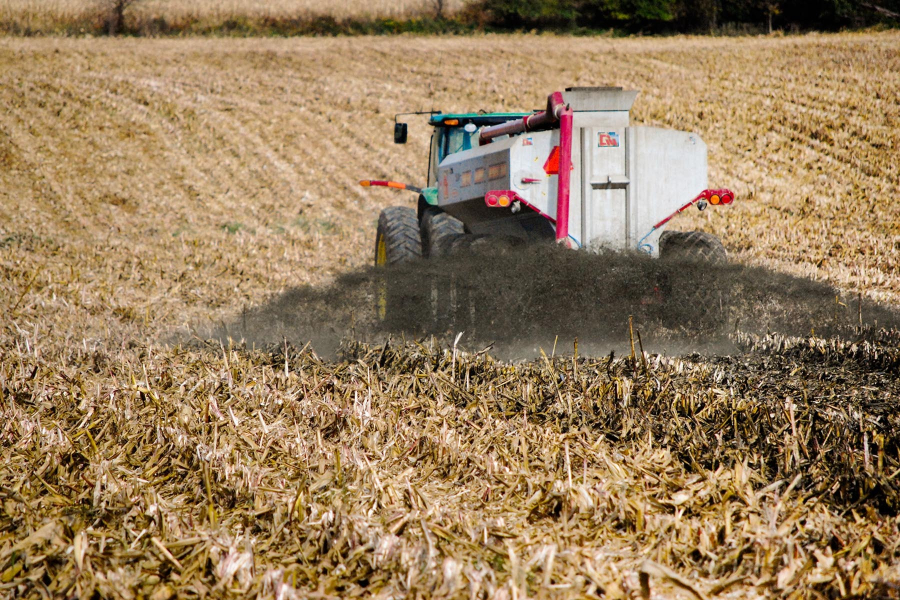Excess nitrogen, phosphorus flow from Eastern Shore to Bay waters
Nearly twice the amount of nutrients applied to lands on Shore as in rest of watershed, study shows

Nutrients flowing from the Chesapeake Bay’s Eastern Shore make up a disproportionate amount of the excess nitrogen and phosphorus polluting the estuary, according to a recent report from the U.S. Geological Survey (USGS).
The land to the east of the Bay, known as the Delmarva Peninsula, includes parts of western Delaware and eastern Maryland and Virginia, and makes up just seven percent of the watershed’s total land area. But per square mile, Delmarva receives nearly twice as much nitrogen and phosphorus as other areas in the region, leading to degraded water quality in the rivers, streams and groundwater that flow to the Bay. These nutrients can fuel the growth of harmful algae blooms that block sunlight and create low-oxygen areas, or “dead zones,” that suffocate marine life.
“On the Eastern Shore, the concentrations of nitrogen in groundwater, and nitrogen and phosphorus in surface waters, are well above natural levels and are among the highest in the nation,” said Scott Ator, a USGS hydrologist and co-author of the study.
According to the report, agricultural production—including fertilizer and manure applied to cropland—accounts for more than 90 percent of the nutrients reaching the lands of the Eastern Shore. When more fertilizer and manure is applied to the land than is needed by crops, nitrogen builds up in the groundwater and phosphorus builds up in the soil, and these nutrients eventually move into streams that flow to the Chesapeake Bay.
Under the clean water goals in the new Chesapeake Bay Watershed Agreement, which encompasses the Chesapeake Bay Total Maximum Daily Load (TMDL), Chesapeake Bay Program partners are working to reduce the amount of nutrients entering local waterways—including working with farmers across the watershed to implement “best management practices” or “BMPs” that curb agricultural runoff. Findings from the USGS report will help improve the placement of these practices to reduce the nutrient pollution reaching groundwater, streams and the Bay.

Comments
There are no comments.
Thank you!
Your comment has been received. Before it can be published, the comment will be reviewed by our team to ensure it adheres with our rules of engagement.
Back to recent stories